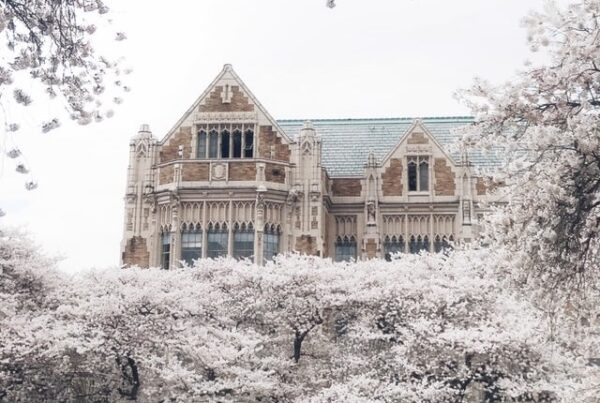Abstract: For American women and nonbinary people held in women’s prisons, sexual violence by state actors is, and has always been, part of imprisonment. For centuries within American women’s prisons, state actors have assaulted, traumatized, and subordinated the vulnerable people held there. Twenty years after passage of the Prison Rape Elimination Act (PREA), women who are incarcerated still face shocking levels of sexual abuse, harassment, and violence notwithstanding the law and policies that purport to address this harm. These conditions often persist despite officer firings, criminal prosecutions, and civil liability, and remain prevalent even during a #MeToo era that beckons greater intolerance for sexual harassment and abuse outside of prison. Just as #MeToo helped expose the systemic gender injustice that sustains abuse in the workplace and other areas of public life, the intractability of the sexual abuse crisis for incarcerated women demands recognition of the inequality and power imbalance at its root.
PREA and reform discourse treats this harm, however, as an unwanted byproduct of an otherwise constitutional system of criminal justice. And the treatment of people in women’s prisons remains largely an afterthought in the response to the broader carceral sexual violence crisis. Those responses treat prison sexual abuse as a “conditions” problem capable of being remedied, no matter how persistent and endemic. This Article rejects that prevailing account and describes the ways in which women’s prisons create and exploit gender subordination resulting in more sexual violence and gender-based harm.
As traced in this Article, Edna Mahan Prison in New Jersey serves as a dramatic example of the sordid history of women’s prisons in the United States. At one time, the facility operated as women-led radical prison without bars and locks. But once it operated like a traditional prison, sexual abuse plagued the facility for decades. New Jersey’s Governor announced plans to finally shutter the prison in 2020 after a sexual abuse crisis dominated headlines—the final blow to the progressive vision of its former reform-minded supervisor and namesake.
Women’s experiences are often ignored in conversations about mass incarceration even though women are the fastest-growing segment of the incarcerated population and experience the highest rates of prison sexual violence as a group. The harm inflicted in women’s prisons differs from the crisis affecting men in that incarcerated women experience sexual abuse nearly exclusively at the hands of male correctional officers and staff. It thus mirrors the gender subordinating nature of sexual abuse and violence in the world outside of prisons even while it also thrives on the power dynamics constructed by prisons. This Article foregrounds those often overlooked concerns and identifies lessons from #MeToo that are necessary to end these sites of gender-based harm.



